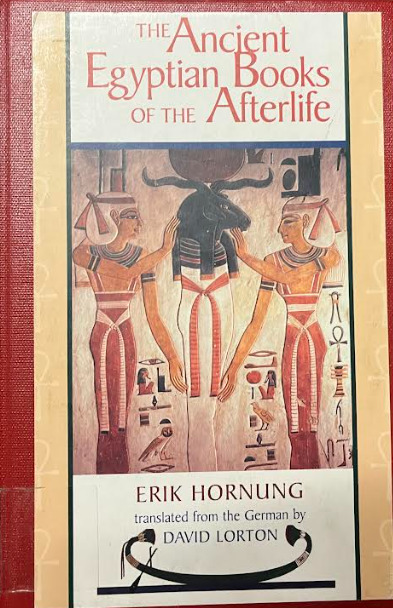“The Book of the Dead: The Papyrus of Ani”
Evolution of Egyptian Writing and Materials Usage
According to The Book: A Global History, sometime in 3000 BC, the Sumerian influence caused the growth of mixed writing systems in Egypt. The system became hieroglyphs, hieratic, and demotic scripts (the writing systems over time improved.) The Egyptians wrote on different things such as animal skins, temples, monuments, wooden tablets, ostraca, linen, papyrus, and more. Papyrus was the most common item used because it was the region’s natural source. It was made from reeds in the Nile Delta. To make papyrus, one opens reed stalks and crushes them to create sap. After this, the papyrus is dried and bleached. The papyrus sheets were pasted to create scrolls. The process needed specialized workers and labor. The source mentions that this was a hint of an early method of bookmaking
Regarding the writing, Egyptians used pens. The pens were made from reeds (a plant from the grass family.) They were first used as brushes and later split nibs (pen point) in the Hellenistic period. Black ink was used, but sometimes people used red ink to make the headings stick out. The red ink practice is also known as rubrication. The scrolls had wide margins and hieroglyphics written in vertical rows from right to left. The titles, author names, and summaries were found on the outside or inside of the scrolls. The source mentions that this type of formatting influenced later cultures with columns, illustrations, and rubrics. Also, early texts included tomb inscriptions, which later became more complex writings on papyrus.
Ancient Egyptian texts were about many topics and hint at a rich print culture and extensive circulation of written knowledge, which caused a significant contribution to the history of print culture and bookmaking (Kallendorf 40-41).
The Book of the Dead and Ani’s Version
The Book of the Dead was made to serve as a guide for the deceased. According to Egyptian beliefs, it had instructions and spells for those to navigate the afterlife successfully. The reason for this is that the afterlife was extremely important to them. They believed it was a continuation of existence where one could have eternal life, and happiness, and be reunited with their loved ones (Hornung 14).
Regarding the Ani version, Ani commissioned a personalized version of the Book of the Dead for himself. A skilled scribe or workshop made it and wrote cursive hieroglyphics on the papyrus scroll. This practice was common for those who could afford it because they could personalize it (add specific spells, chapters, pictures, and more from the original Book of the Dead.) Ani’s version helped him through the judgment in the afterlife. It was not circulated because everyone has their own copy. Those who couldn’t afford a personalized copy, had their name added to the Book of the Dead after their death without any customizations (Budge xxx). In my opinion, this practice hints that wealth disparity influenced religious access and beliefs. Therefore, those who could afford it had an advantage in preparing for their afterlife.
Ani’s Version in Detail and Significance
“The Book of the Dead: The Papyrus of Ani” was a crucial text found at the tomb of Ani at Thebes in 1250 BC. It was about a high official and royal scribe, Ani, and his wife on their journey to the afterlife. The book was significant because it is one of the earliest recorded documents of human thoughts on the afterlife (one of the best-preserved copies.) Moreover, it has been a great source of knowledge about the religiosity of ancient Egyptians. Through studying the text, historians and scholars formed a deeper understanding of ancient Egyptian religious beliefs and practices (Budge xxx).



